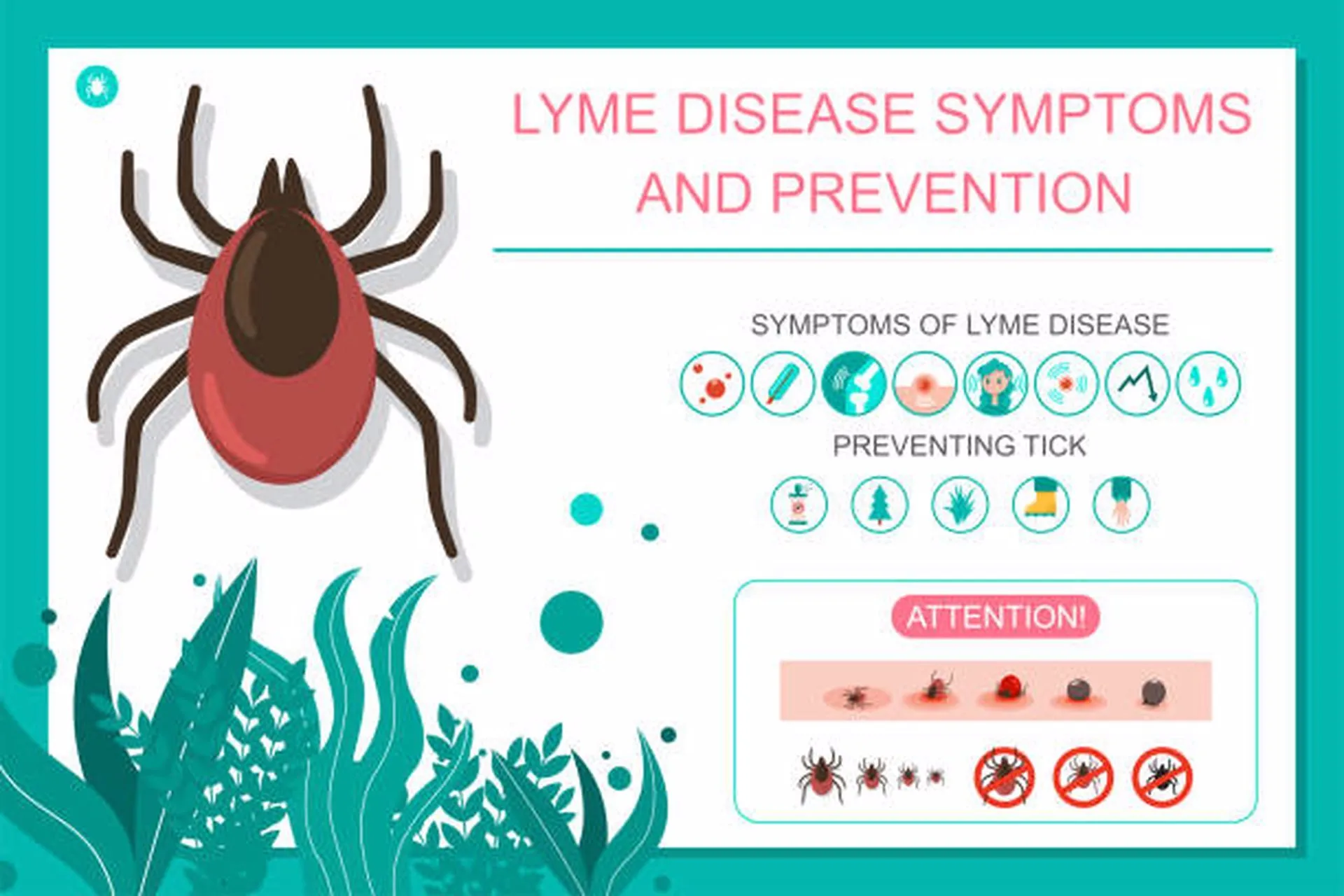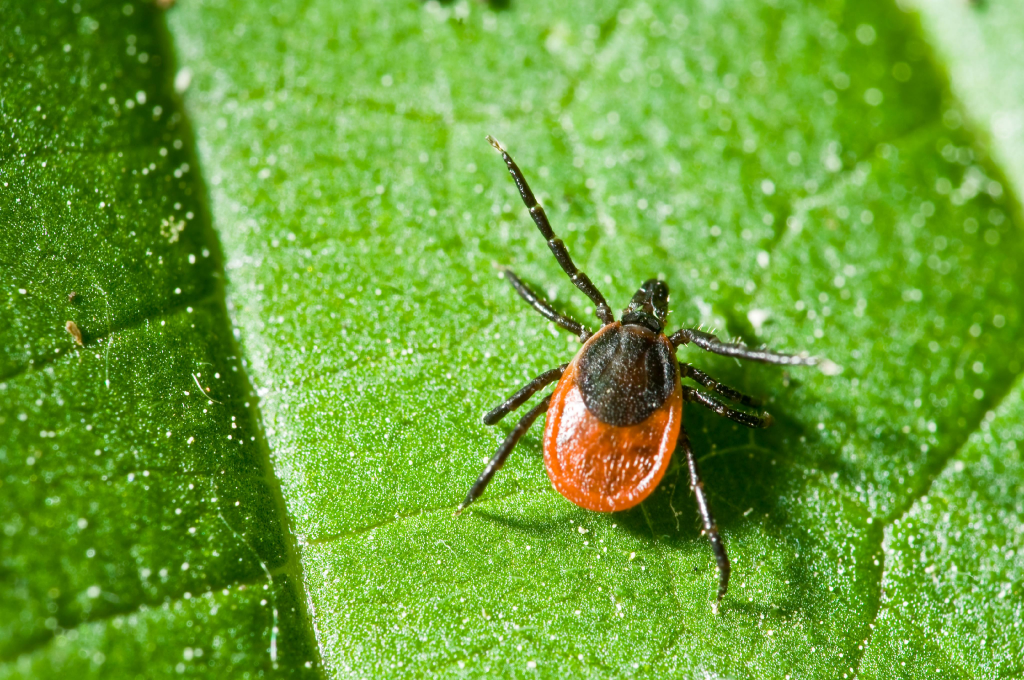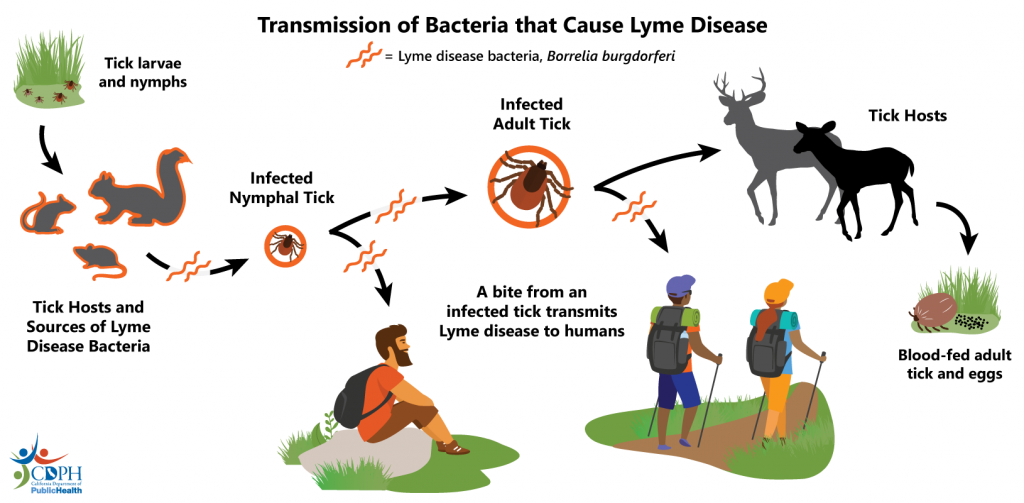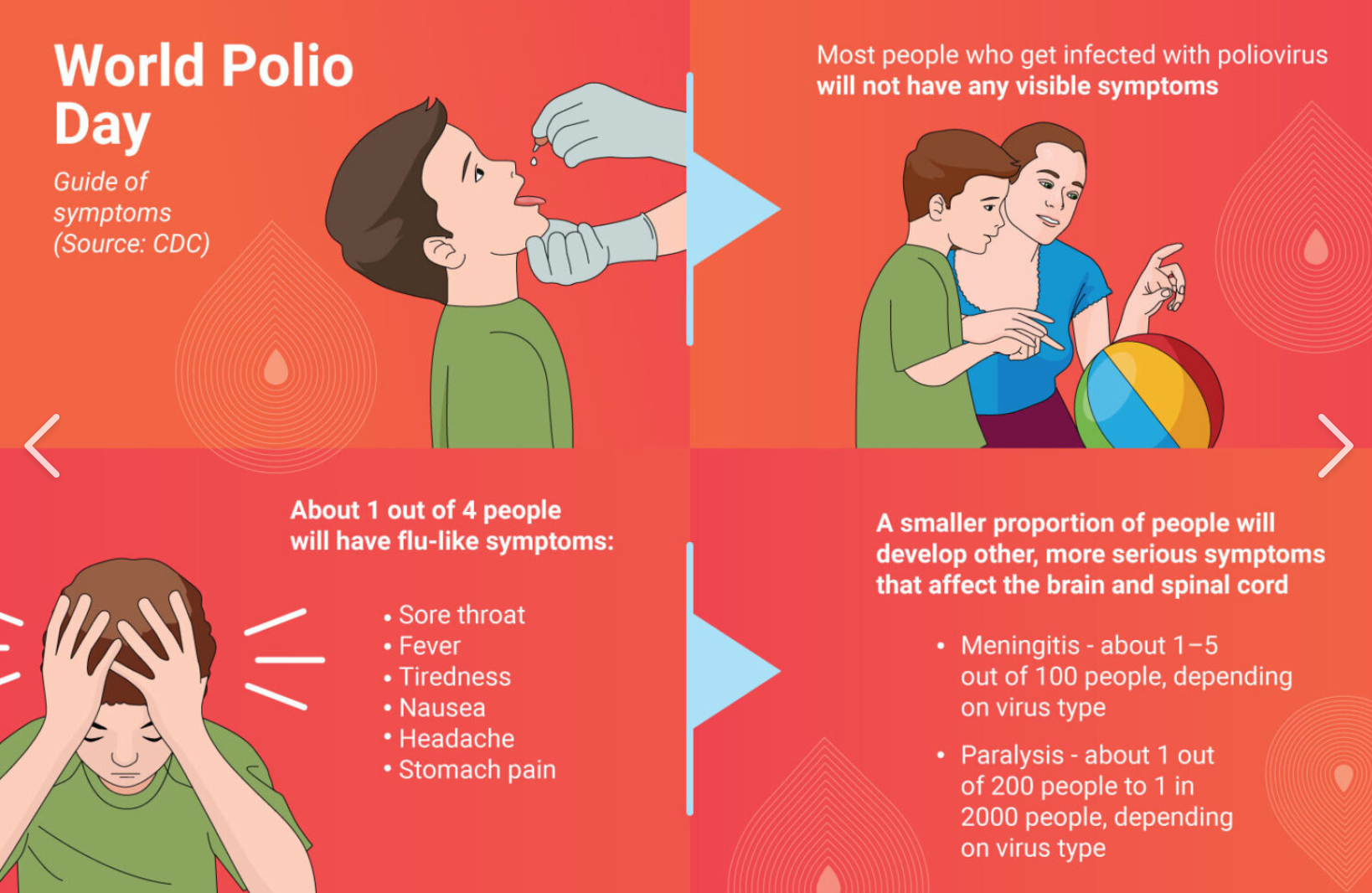
Ah, summer! The sun is shining, the birds are singing, and the ticks are lurking. Yes, those tiny, blood-sucking critters are out in full force, and with them comes the risk of Lyme disease. But don’t let the name scare you—Lyme disease, while serious, is a condition you can understand and even prevent. So, grab a seat, and let’s dive into the world of Lyme disease, one tick bite at a time.

What on Earth is Lyme Disease?
Lyme disease is caused by a sneaky little bacteria called Borrelia burgdorferi. This bacteria is transmitted to humans via the bite of an infected tick, typically the hard-bodied variety. The disease can affect multiple systems in your body, from your skin to your heart, nerves, eyes, and joints. It’s a bit of a multitasker, this Lyme disease, causing a wide range of symptoms that can make you feel like you’ve got a bad case of the flu… on steroids.

The Three Acts of Lyme Disease
Lyme disease doesn’t just hit you all at once. It has a three-act structure, much like a dramatic TV series. Let’s break it down:
Act 1: The Early Show
It all starts with a tick bite. After the tick takes its little nibble (usually within 2 to 28 days), about 60% of people develop a distinctive rash called erythema migrans. This rash looks like a bullseye—a red circle with a clear center—and it can grow to the size of a dinner plate (or even bigger!). While it might itch or hurt, it often fades on its own within a few weeks.
Along with the rash, you might feel like you’ve caught a nasty cold. Symptoms include fever, headache, fatigue, and achy muscles and joints. Some folks also get swollen lymph nodes, sore throats, or even pneumonia. And if you’re unlucky, your eyes might join the party with conjunctivitis (pink eye) or episcleritis.
Act 2: The Spread
If the bacteria isn’t stopped, it starts to spread through your bloodstream like a rock star on tour, hitting multiple organs. This phase can show up weeks to months after the initial bite.
- Skin: You might get more rashes, especially in places far from the original bite. Some people develop a bluish-red skin lesion that looks like a benign lymphoma.
- Joints: Ouch! About 60% of untreated patients develop arthritis, usually in one or a few joints. The knee is a favorite target, but any joint can get in on the action.
- Nerves: Lyme can mess with your brain and nerves, causing headaches, neck stiffness, facial paralysis (think Bell’s palsy), or even meningitis.
- Heart: Heart problems are less common but can include heart block or inflammation of the heart muscle.
- Eyes: Your eyes might get involved too, with conditions like uveitis (eye inflammation) or optic neuritis.
Act 3: The Long Haul
Only a few unlucky souls make it to this final act, which can last for years. Chronic arthritis, nerve damage, and skin changes are common. Some people also develop chronic uveitis or other eye problems.

How to Treat This Tick-Tale
The good news? Lyme disease is treatable, especially if caught early. Antibiotics like doxycycline or amoxicillin are the go-to treatments. For eye issues, corticosteroid drops or oral steroids might be needed, especially for more severe cases like uveitis or optic neuritis.
Prevention is the Best Medicine
The best way to deal with Lyme disease is to avoid it in the first place. Here’s how:
- Tick Control: Help your community by reducing tick habitats—think mowing lawns and clearing brush.
- Personal Protection: When you’re out in nature, dress like a secret agent: long sleeves, pants tucked into socks, and a hat. Use insect repellent with DEET.
- Tick Checks: After outdoor activities, do a full-body scan for ticks. If you find one, remove it ASAP (within 24 hours is best) with tweezers.
Final Thoughts
Lyme disease might sound scary, but with a little knowledge and some smart precautions, you can keep those ticks at bay. So, enjoy your summer, but remember: when it comes to ticks, an ounce of prevention is worth a pound of cure.
Stay safe, stay tick-free, and keep smiling! 🌞🕶️







Leave a Reply